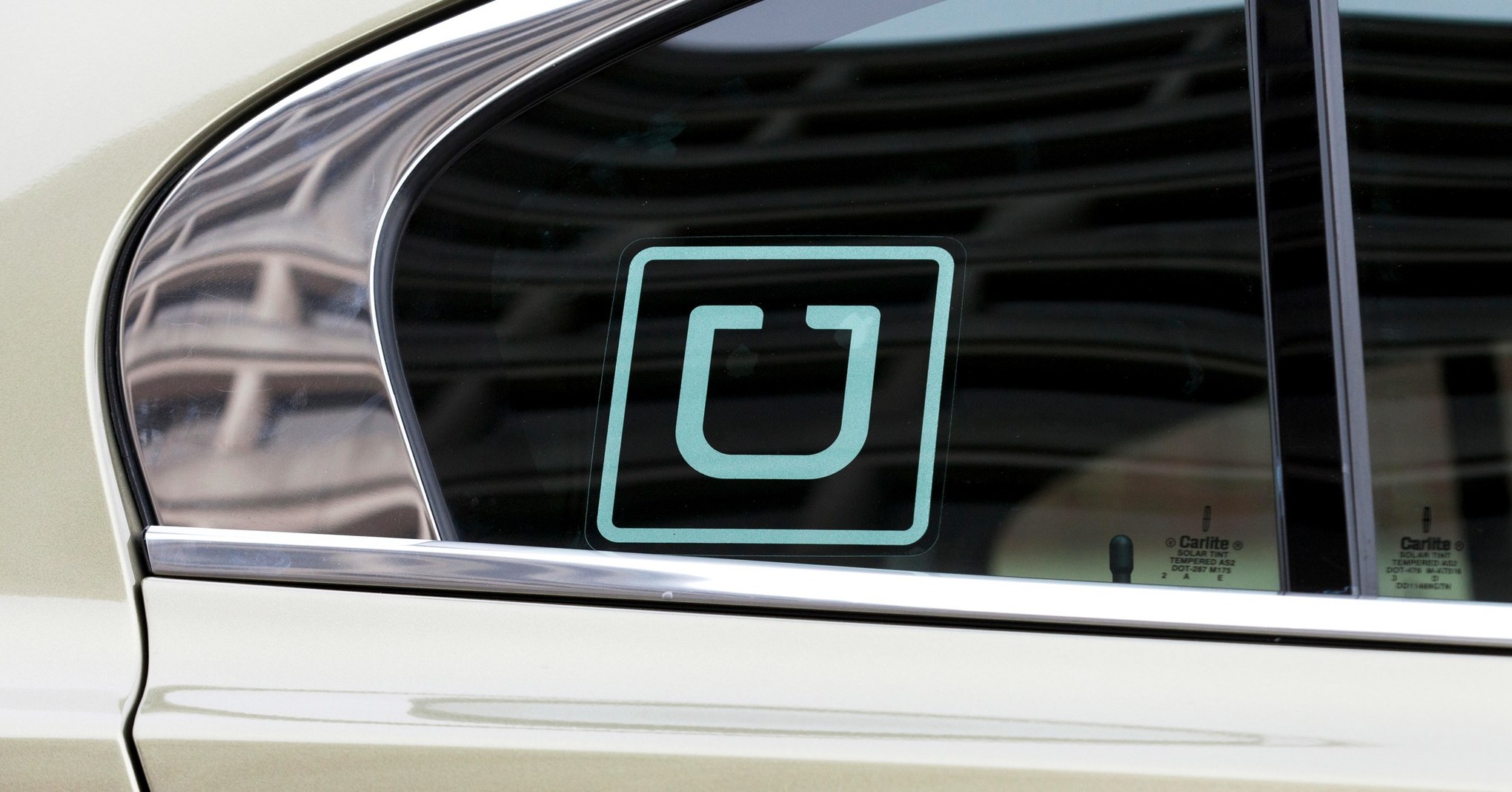IT’S NOT just for cars anymore. Less than a decade after launching, it has rolled out rides for the normies (UberX), for those who don’t mind sharing (UberPool), and for those who don’t mind walking (Uber Express Pool). It offers on-demand grub (UberEats) and connects truckers with stuff that needs trucking (UberFreight). This week, the company acquired Jump Bikes, which puts people on shared, electric bicycles.
Now, Uber is announcing a pair of moves that expand its reach to two more forms of transport. The first is a pilot project in San Francisco that will let users rent a vehicle from within the app (that’s called Uber Rent), via Uber’s partnership with the peer-to-peer car-sharing startup Getaround. The second is a deal with Masabi, a British company that provides mobile payment options for public transit systems in New York, Boston, Los Angeles, and other cities around the world. Within the year, riders will be able to buy and use tickets from within Uber’s app, too.
Uber has spent most of its life vying to monopolize the ride-sharing space, but competitors like Lyft, Ola, Didi, Yandex and Grab have persisted. In the past two years, Uber has exited China, Russia, and parts of East and South Asia. As it looks toward an initial public offering in 2019, it appears to have settled on a new strategy: killing the personal car, and owning every part of the urban transportation ecosystem.
“If you really want to provide something that can replace the car in people’s lives, you want to have more than ride-sharing,” says Andrew Salzberg, Uber’s transportation policy chief.
A family that really wants to give up their vehicle (or their second vehicle) can’t depend on UberX alone. It’s too expensive. But now, mom could reserve an electric bike for her commute back home, dad could rent a minivan for his biweekly grocery trip, and the resident teen could order delivery because she hates dad’s cooking—all while that weird cousin borrows the actual family car to go on a camping trip. And come the weekend, the whole clan could reserve train tickets to visit grandma in the suburbs. They could all do it without leaving the Uber app. Call it … UberLife.
Uber isn’t the only company thinking about capturing the entire transportation network. Last month, BMW and Daimler announced they would combine on-demand taxi app and car-sharing options. General Motors is slowly expanding its car-sharing (and electric car-sharing) options. Ford has started calling itself an “operating system” for various ways of getting around. The startup Ridescout, which sought to aggregate lots of mobility options onto one platform, got acquired by Daimler but took its app offline last summer. So no one’s owned city routing, booking, and payment in a convincing way, not yet.
“Sometimes timing is not on our side: The market isn’t mature enough, the tech isn’t mature enough, the user isn’t ready,” says Susan Shaheen, a University of California, Berkeley civil engineer who has studied mobility services for decades. “At what point does this all come together and suddenly take off?”
Uber and its competitors are betting that time is now, for a few reasons. First, Uber itself helped change people’s feelings about sharing stuff. (Remember that initial panic of riding with strangers?) Second, the smartphone has enabled a suite of GPS-powered services that help transportation options get to you, or you to them. Third, Uber is willing to pour a lot of money into the enterprise, to force broader mobility services into being.
Sourced through Scoop.it from: www.wired.com



Leave A Comment